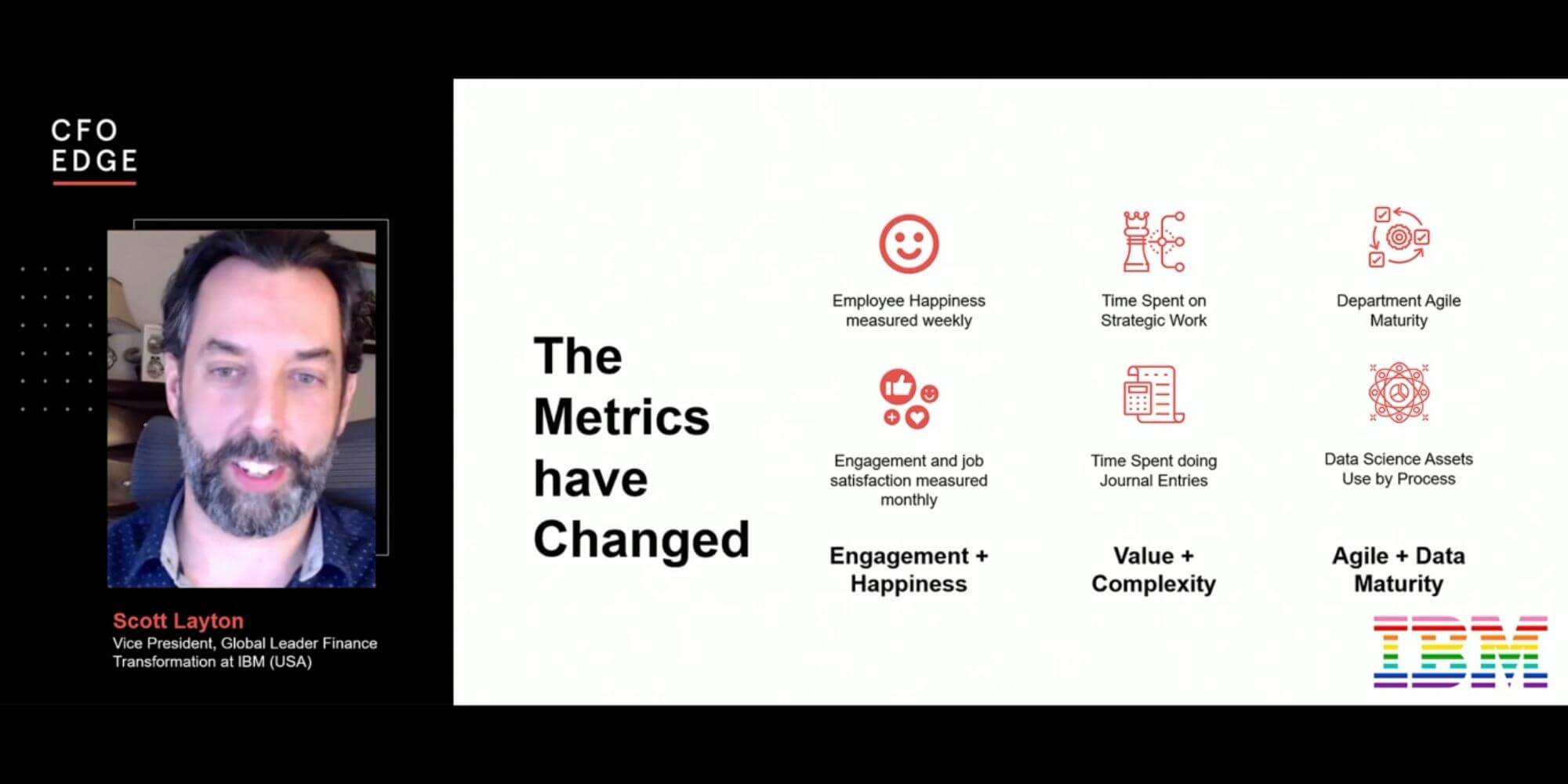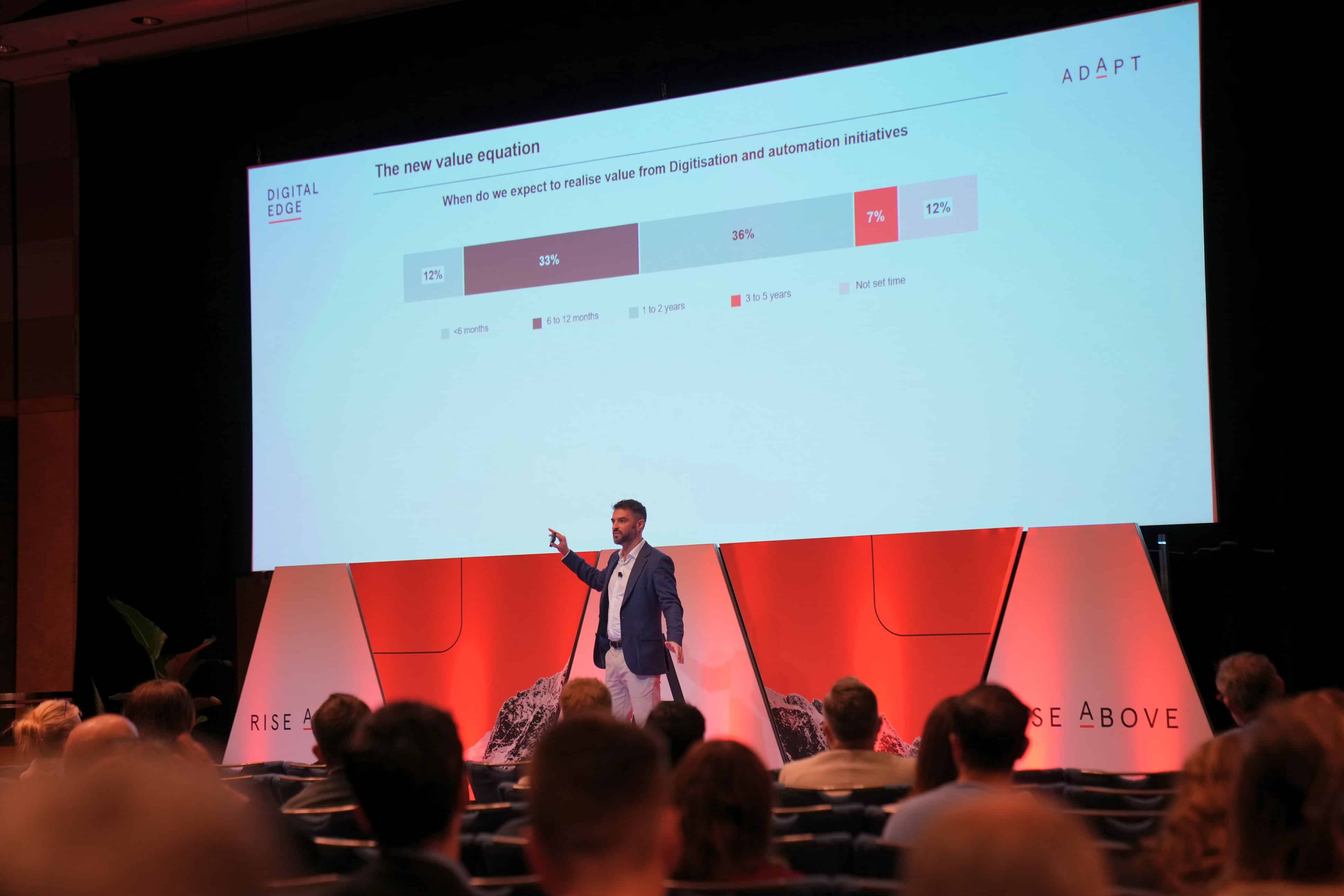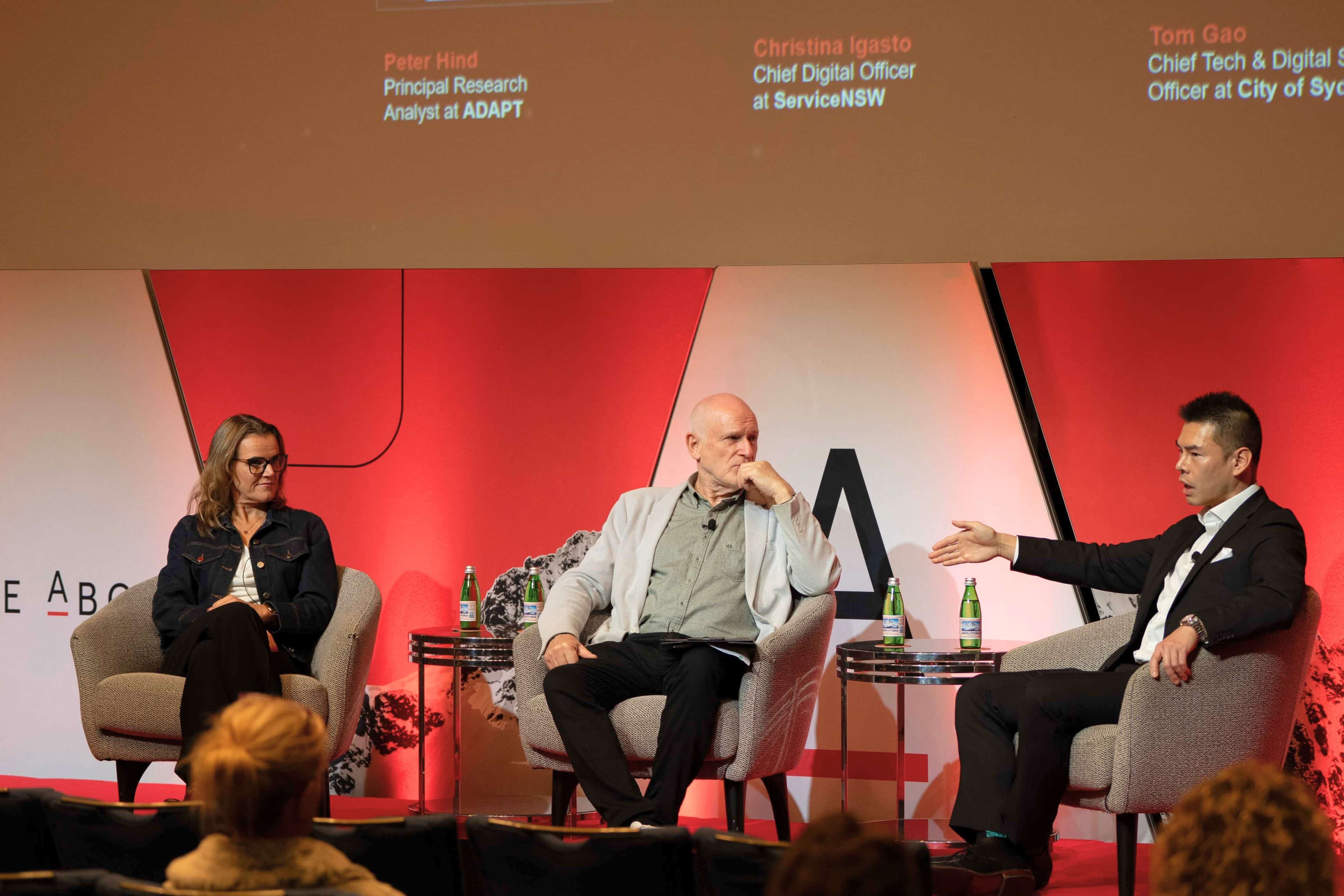IBM’s Non-Traditional Metrics for Organisational Agility
Scott Layton, IBM’s VP and Global Leader of Finance Transformation, shares what he's learned when implementing agile practices, driving interdepartmental collaboration, and new metrics for success to become an agile organisation.IBM’s metrics for organisational success includes employee happiness, job satisfaction, and time spent on strategic work
IBM has been on a journey of transforming its global business services into an intelligent engine of growth and reinvention.
The organisation has spent the last four years evolving as an agile enterprise, digitising workflows with cloud-based technology, standardising processes horizontally, and creating a culture of service excellence.
At CFO Edge, Scott Layton, IBM’s VP and Global Leader of Finance Transformation, shared lessons learnt when implementing agile practices, driving interdepartmental collaboration, and new metrics for success to become an agile organisation.
To unlock the full keynote video and access an entire catalogue of ADAPT’s expert presentations, localised research, case studies, downloadable data and community interviews, speak with a Senior Research Consultant today.
Transcription:
The metrics have changed. These are real metrics; these are metrics that we look at on our scorecard every quarter for IBM. We measure employee happiness. We measure it weekly. We have massive data polls on this.
Let me tell you. It’s incredible when you start having employees weekly telling you how happy they are. You see, we all know the mood goes down during quarter close. We get it.
But it is more than that because we see mood consistently improving as you’re creating more valuable work for people.
They’re now more engaged with their job, and you measure that through happiness, through employee engagement that we’re doing monthly.
You can see when a transformation initiative happens. You can see that the employees like it. They appreciate it. They don’t have to do that menial job that they hated doing.”
We can see them stop doing that. They no longer have to do that meeting that they didn’t think was adding value.
They see the results of them being part of that change. We see them having ownership and responsibility and having people become part of that change and become their own advocates.
We see this now, and they see the direct results of their advocacy for change in the company. You see, it measured.
We also measure things like time spent on strategic work. I’ll give you a real number here in 2020 at IBM, we ended the year with 14% of our finance organisation’s time being spent on strategic work.”
Now, that doesn’t seem like a lot. You might say that should be like 30 or 40%. I challenge you to do better, but it’d be great if you did.
The best part is we know that number now, and we know that it doubled during the year. It started the year off at about 7-8%
By the end of the year, we had doubled the amount of time our people spend on strategic work.
We also tracked the amount of time spent on journal entries, and nobody likes journal entries. I’m an accountant by education and trade. They’re the worst thing in the world and often very low value-add activity.
Through automation of journal entries and thinking about ‘Why are we doing these journal entries? Do we change it? Is it around close or cliff level adjustments?’
We looked through reordering and looking at the critical path around a month and close as part of our agile work. What that does is removes the amount of time we’re spending on journal entries.
If you look as well, we also measure agile maturity, we can look at a leader and how effective they are.”
We can measure that not just through their employee happiness and engagement. We can measure it through the maturity of the organisation. We can measure through the time spent on these things and have a metric now.
This is not just for the whole organisation. We can look squad by squad, within these agile teams, start comparing them, contrasting them, who’s performing best practices? How can we take that and leverage it over here?
Who’s the most mature in terms of agile processes? How can we leverage it over here? We’re now about to see that.
To unlock the full keynote video and access an entire catalogue of ADAPT’s expert presentations, localised research, case studies, downloadable data and community interviews, speak with a Senior Research Consultant today.



























